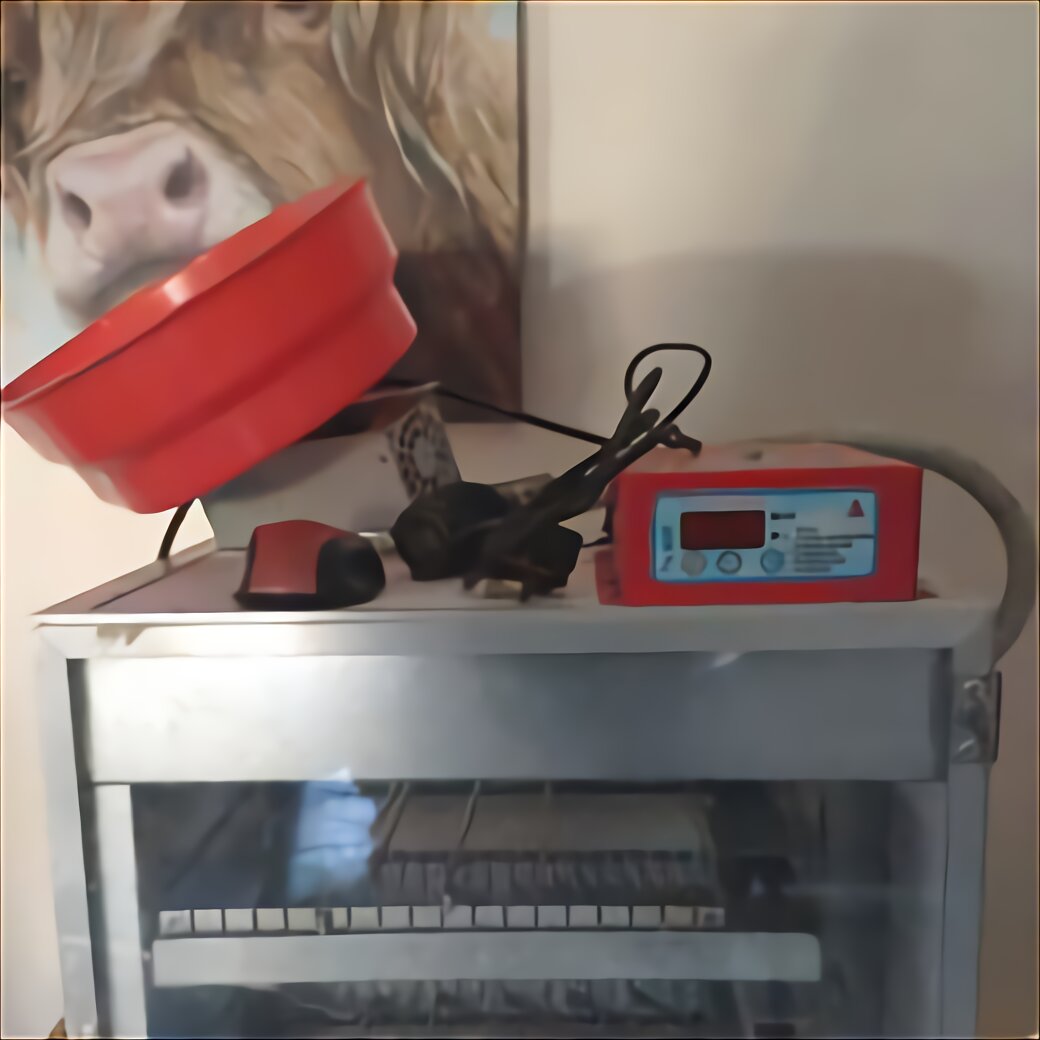

This is why I recommend Chickenpedia to all of my readers. However, getting to this perfect moment does come with a fair few challenges and risks which can be stressful and overwhelming, especially without the right information. It really is a joyful and eggstraordinary experience for the whole family and nothing compares to seeing fluffy little hatchlings peck out of their shells. There are so many other factors to consider before deciding to bring new life into the world. Our incubators come fitted with an automatic egg turner, so you can go about your daily business knowing that your incubating eggs are being turned on time, everyday. It just depends whether you want to be more hands on in the incubation process, or whether you’d just like to sit back and watch eagerly as the embryos develop. There is nothing wrong with turning the eggs by hand or using an automatic egg turner - both will get the job done. Using an automatic egg turner is the best way to ensure the eggs are flipped accurately and consistently - which is always a plus, as the development of embryos is a delicate process! However, it is less involved - again it comes down to personal preference.

You don’t physically have to turn or touch anything yourself - you can just sit back and watch the machine do it all for you!

Most modern incubators come with an in built egg turner, that will automatically turn the eggs multiple times a day. This ensures that you don’t lose track of which side to flip to each time you turn the eggs. It is time consuming, as it must be done multiple times a day in order for the embryo to stay unstuck - but there’s nothing wrong with doing it by hand if thats what you want to do!Ī great trick that many people hand turning use is marking opposite sides of the egg with an X and an O. The main benefit of turning the eggs by hand is generally the satisfaction that comes with doing it yourself! Some people like to be heavily involved in the incubation process, and turning the eggs is a great way to contribute to the embryo developing process. This should be done a minimum of twice a day, to prevent the embryo sticking to the sides of the shell. Which method is better generally comes down to a personal preference of how involved you want to be in the incubation process.Įgg turning involves picking the egg up, rotating it over and placing it back down. There are two main ways in which this is generally done - either through doing it by hand, or using an automatic egg turner. Turning the eggs is a crucial part of the incubation process- it must be done to ensure that the embryo does not stick to the sides of the shell.


 0 kommentar(er)
0 kommentar(er)
